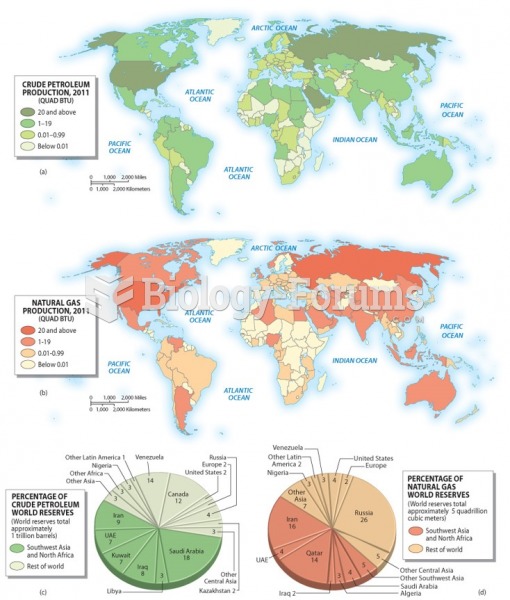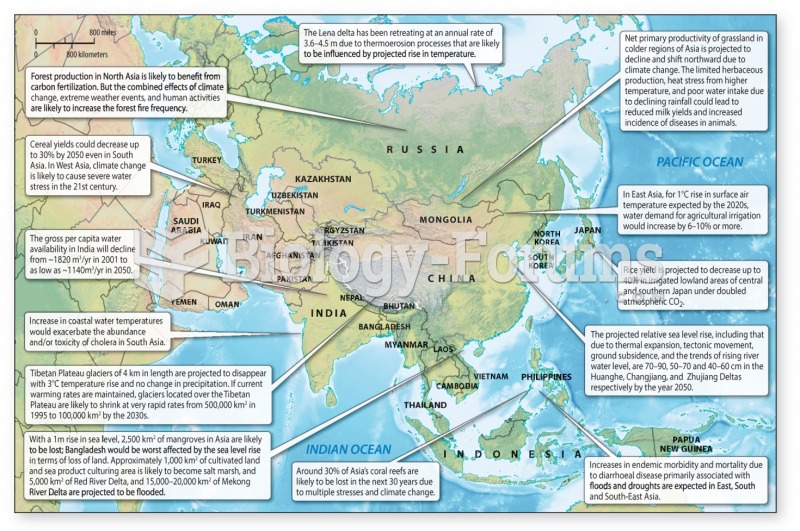Answer to Question 1
Answer: Transnational corporations (also called multinational corporations) are companies or entities that do business in several different countries. A transnational corporation may conduct research, operates factories, and sells products in many countries, not just where its headquarters and principal shareholders are located. Transnational corporations assess the particular economic assets of each place and take advantage of the particular strengths of each location. With increasing modern technology and communications, it has become easier to move money, materials, products, technology, and other economic assets around the world. Thanks to the electronic superhighway, companies can now organize economic activities at a global scale.
Answer to Question 2
Answer: A region is an area of Earth with a unique combination of features. A region derives its character through the cultural landscape, which is the combination of cultural features such as religion, language and economic livelihoods, as well as through physical characteristics of the area, including climate and vegetation.
Three types of regions are functional, formal, and vernacular.
A functional region is also called a nodal region. It is an area organized around a node or focal point. The characteristics chosen to define a functional region dominate at a central focus or node and diminish in importance outward. The region is tied to the central point by transportation or communications systems or by economic or functional associations. Geographers often use functional regions to display information about economic areas. The region's node may be a shop or service, and the boundaries of the region mark the limits of the trading area of the activity. People and activities may be attracted to the node, and information may flow from the node to the surrounding area. Examples of functional regions include the reception area of a television station, the circulation area of a newspaper, and the trading area of a department store.
A formal region is also called a uniform region or a homogeneous region. This is an area within which everyone shares in common one or more distinctive characteristics. The shared feature could be a cultural value such as a common language, an economic activity such as production of a particular crop, or an environmental property such as climate. In a formal region the selected characteristic is present throughout. Geographers typically identify formal regions to help explain broad global or national patterns, such as variations in religions and levels of economic development. The characteristic selected to distinguish a formal region often illustrates a general concept rather than a precise mathematical distribution. Some formal regions are easy to identify, such as countries or local government units. Wisconsin is an example of a formal region, characterized by a government that passes laws, collects taxes, and issues license plates with equal intensity throughout the state.
A vernacular region, or perceptual region, is a place that people believe exists as part of their cultural identity. Such regions emerge from people's informal sense of place rather than from scientific models developed through geographic thought. As an example of a vernacular region, Americans frequently refer to the South as a place with environmental, cultural, and economic features perceived to be quite distinct from the rest of the United States.






